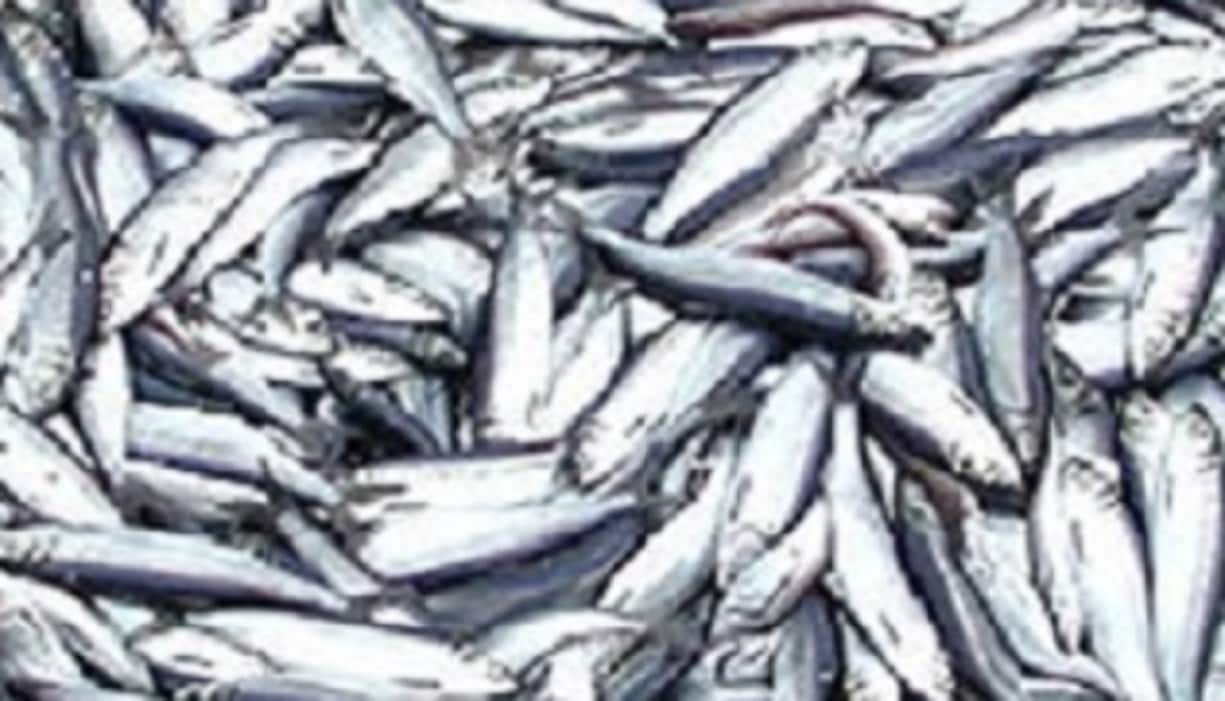Key points
- Opisthorchis is a type of flat, leaf-shaped parasitic worm, also known as a "liver fluke."
- A parasite is an organism (a living thing) that lives on or inside another organism.
- Opisthorchis occurs in certain Asian and European countries.
- People can get Opisthorchis by eating raw or undercooked freshwater fish, which can contain larvae (young worms).

Overview
Opisthorchis is a liver fluke (type of parasitic worm) that can infect the liver, gallbladder, and bile duct.
- Opisthorchis is part of the Opisthorchiidae family of liver flukes.
- There is Opisthorchis viverrini (i.e., the Southeast Asian liver fluke) and O. felineus (i.e., the cat liver fluke).
- You cannot get Opisthorchis from another person, and you cannot get it from consuming untreated drinking water.
- Opisthorchis infections can last for several years (the lifespan of the parasite).
Resource
Signs and symptoms
Most people infected with Opisthorchis do not have symptoms. When people have symptoms, they are generally gastrointestinal (GI) (related to the stomach or intestines) and can range from mild to severe. Some symptoms relate to inflammation (swelling) of the liver, gallbladder, and bile ducts. Other symptoms are due to intermittent blockage of the bile ducts.
Symptoms and signs can include one or more of the following, depending on the number of flukes and length of infection:
- Indigestion
- Nausea
- Abdominal pain
- Enlarged liver
- Diarrhea
- Constipation
- Fever
- Jaundice (yellowing of the skin)
In addition to the symptoms and signs above, infections due to O. felineus can also cause facial swelling, swollen lymph nodes, sore joints, and rash. Chronic O. felineus infections may also involve the pancreatic ducts.
If left untreated, Opisthorchis infection can last for several years (the lifespan of the parasite). A person may have multiple liver fluke infections if they live in areas where liver flukes exist and consume raw or undercooked freshwater fish. Children with heavy infections (a high number of liver flukes) and/or repeated infections are at risk for malnutrition.
Longstanding inflammation due to Opisthorchis infection is associated with bile duct cancer (also known as cholangiocarcinoma). More common risk factors for cholangiocarcinoma in the US include:
- Hepatitis B
- Hepatitis C
- Alcoholic liver disease
However, most patients in Western countries who develop cholangiocarcinoma do not have Opisthorchis infection.
Risk factors
Eating raw or undercooked freshwater fish from countries where infection is common is the key risk factor for Opisthorchis infection. Lightly salted, smoked, or pickled fish can also contain infectious parasites.
At-risk populations
Opisthorchis infections can occur in people living in places in Asia and Europe who eat raw or undercooked freshwater fish. There are two Opisthorchis flukes. Opisthorchis viverrini mainly occurs in northeast Thailand, Laos, Cambodia, and central and southern Vietnam. Opisthorchis felineus mainly occurs in Italy, Germany, Belarus, Russia, Kazakhstan, and Ukraine.
Additional people who are at risk include:
- Travelers to Asia or Europe who consume raw or undercooked fish where the parasite occurs
- Asian or European immigrants from areas where the parasite occurs
Causes
People can get Opisthorchis infection when they eat infected raw or undercooked freshwater fish from countries where infection is common (primarily Southeast Asia and some parts of Europe). Freshwater snails can eat the eggs of Opisthorchis and become infected, releasing microscopic larvae that then enter freshwater fish. When humans eat raw or undercooked fish with the larvae, these larvae grow into adult flukes. These flukes then live inside the human bile duct system of the liver. The life cycle takes about four months to complete in humans. People infected will then pass eggs in their stool (poop) or may cough them up.
Prevention
To avoid Opisthorchis infection, do not eat raw or undercooked freshwater fish from countries where the disease occurs. Lightly salted, smoked, or pickled fish can also contain infectious parasites.
The FDA recommends the following for fish preparation or storage to kill parasites.
Cooking
- Cook fish adequately (to an internal temperature of at least 145° F [~63° C]).
Freezing
- At -4°F (-20°C) or below for at least seven days (total time); or
- At -31°F (-35°C) or below until solid, and storing at -31°F (-35°C) or below for a least 15 hours; or
- At -31°F (-35°C) or below until solid and storing at -4°F (-20°C) or below for at least 24 hours.
Diagnosis
Talk to a healthcare provider if you traveled to a country where there are Opisthorchis parasites.
Stool specimen (sample)
- A trained healthcare provider can use a microscope to identify Opisthorchis eggs in stool specimens.
- A healthcare provider may need more than one stool sample to identify the eggs.
- Note: Stool examination may not be useful for people whose only exposure to Opisthorchis parasites may have been more than several years ago.
Ultrasound, CT, or MRI
- At times, findings on ultrasound, CT, or MRI associated with Opisthorchis infection can help make the diagnosis.
Blood test
- A blood test for detecting Opisthorchis infection is not available in the U.S.
- Note: There are currently no blood tests in the U.S. that can identify if liver fluke infection is the underlying cause of cholangiocarcinoma or other liver, bile duct, or gallbladder conditions.
Treatment
If your stool specimen is positive for Opisthorchis infection, a healthcare provider will treat you with Praziquantel (the treatment of choice) or albendazole (an alternative drug).
Similar diseases
Opisthorchis eggs are very similar to Clonorchis (another liver fluke) eggs. A trained healthcare provider can identify between the two with a microscope.
